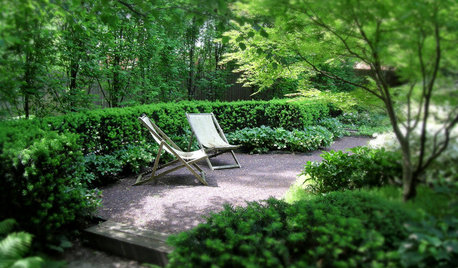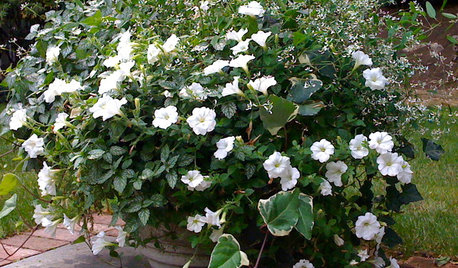Plectranthus anyone
Floral_Artistry
21 years ago
Related Stories

LANDSCAPE DESIGNDream Spaces: 10 Secluded Garden Nooks
Sometimes dreaminess is a single bench or a romantic table for 2 tucked amid greenery. See for yourself
Full Story
GARDENING GUIDES11 Perfect Plants for a Moonlit Garden — in Pots
Create an alluring after-dark aura on a patio or deck with container plants that glow white under the stars
Full Story





maddy_RSA
bahia
Related Professionals
Saint Louis Park Landscape Architects & Landscape Designers · Del Aire Landscape Contractors · Hendersonville Landscape Contractors · Pleasant Grove Landscape Contractors · Pompton Lakes Landscape Contractors · Seminole Landscape Contractors · Vallejo Landscape Contractors · Washington Landscape Contractors · Weslaco Landscape Contractors · Anchorage General Contractors · Dover General Contractors · Saint Paul General Contractors · Torrington General Contractors · Travilah General Contractors · Chesapeake Ranch Estates Stone, Pavers & Concretemaddy_RSA
hoovb zone 9 sunset 23
bahia
martindk
hobbyodlaren